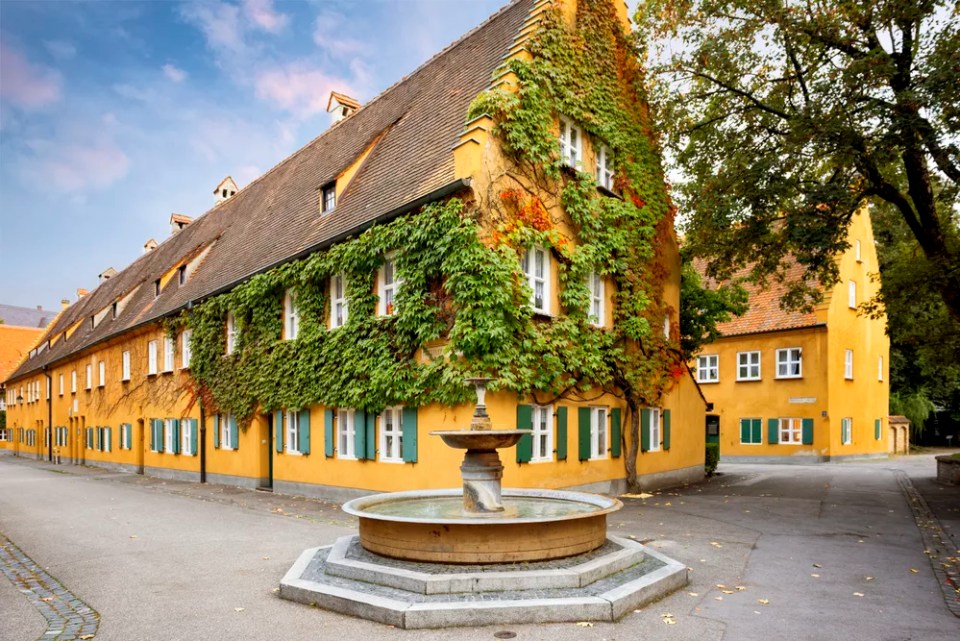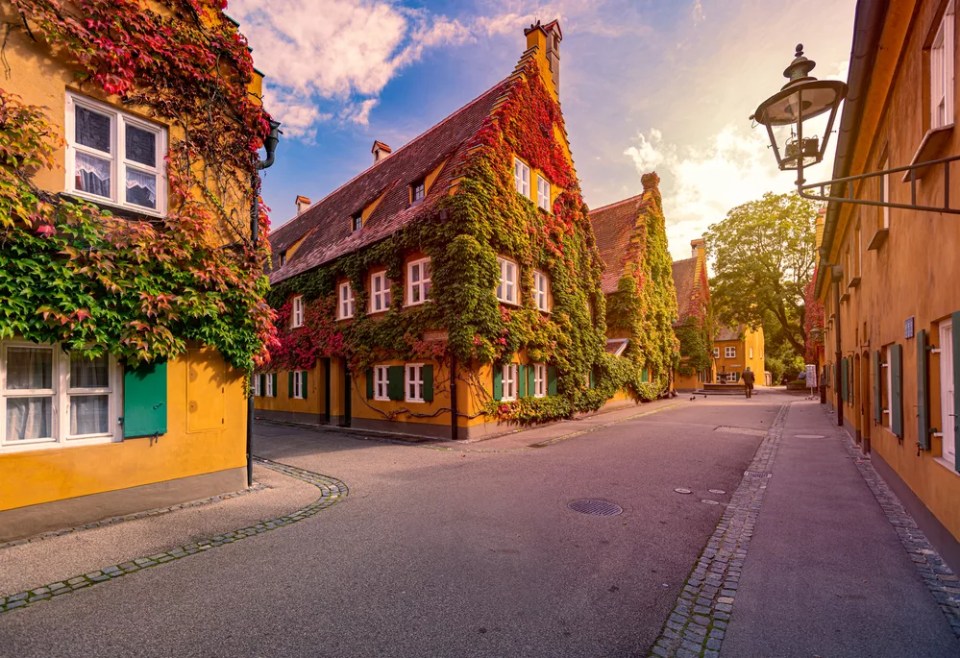Augsburg: Fuggerei – the world oldest social housing. Bavaria, Germany
Photo by depositphotos.com
In the 1500s, German merchant Jakob Fugger became extravagantly wealthy. Historians estimate that, at the height of his success, Jakob Fugger’s fortune was valued at 400 billion USD. Fugger, often referred to as “Jakob the Rich,” is among the wealthiest people who ever lived. Moreover, Jakob Fugger was a devout Catholic who felt compelled to use some of his wealth to help the less fortunate.
In 1514, Jakob Fugger helped fund the construction of a building designed to house some of the poorest residents in Augsburg, Germany. Fugger’s housing complex—known as the Fuggerei—still stands today. Current occupants pay the same rent as they would have in the 1500s—less than 1 euro. Even with a yearly utility fee of 83 euros, the Fuggerei remains one of the most affordable housing complexes in Europe.

Photo by depositphotos.com
Five hundred years ago, Catholic residents of Augsburg were eligible to live in the Fuggerei if they were debt-free yet still poor, agreed to say three prayers a day for the Fugger family, and adhered to a curfew within the gated community from 10 PM to 5 AM. Those who disobeyed the curfew had to pay a small fee to re-enter.

The Fuggerei is the world’s oldest social housing complex still in use. It is a walled enclave within the city of Augsburg, Bavaria, Germany
Photo by depositphotos.com
The Fuggerei is still managed by the Fugger family and has undergone several renovations in recent centuries. Each building houses two small apartments, each equipped with a kitchen, living room, bedroom, guest room, a small garden, and an attic. To qualify to live in the Fuggerei, applicants must have resided in Augsburg for two years, agree to say three prayers a day for the Fugger family, earn a modest income, and be employed part-time. The 10 PM curfew has long been abolished, and the Fuggerei is currently home to 150 residents.
For a small fee, visitors can tour the grounds of the Fuggerei and view a series of historic apartments, including an area that served as a bomb shelter during World War II. The bulk of the Fuggerei was destroyed in a bombing raid and had to be rebuilt after the war. One of the Fuggerei’s most distinctive features is a series of antique doorbells that helped residents distinguish between similar-looking buildings in the dimly lit days before electric…
Click Here to Read the Full Original Article at Unusual Places…
